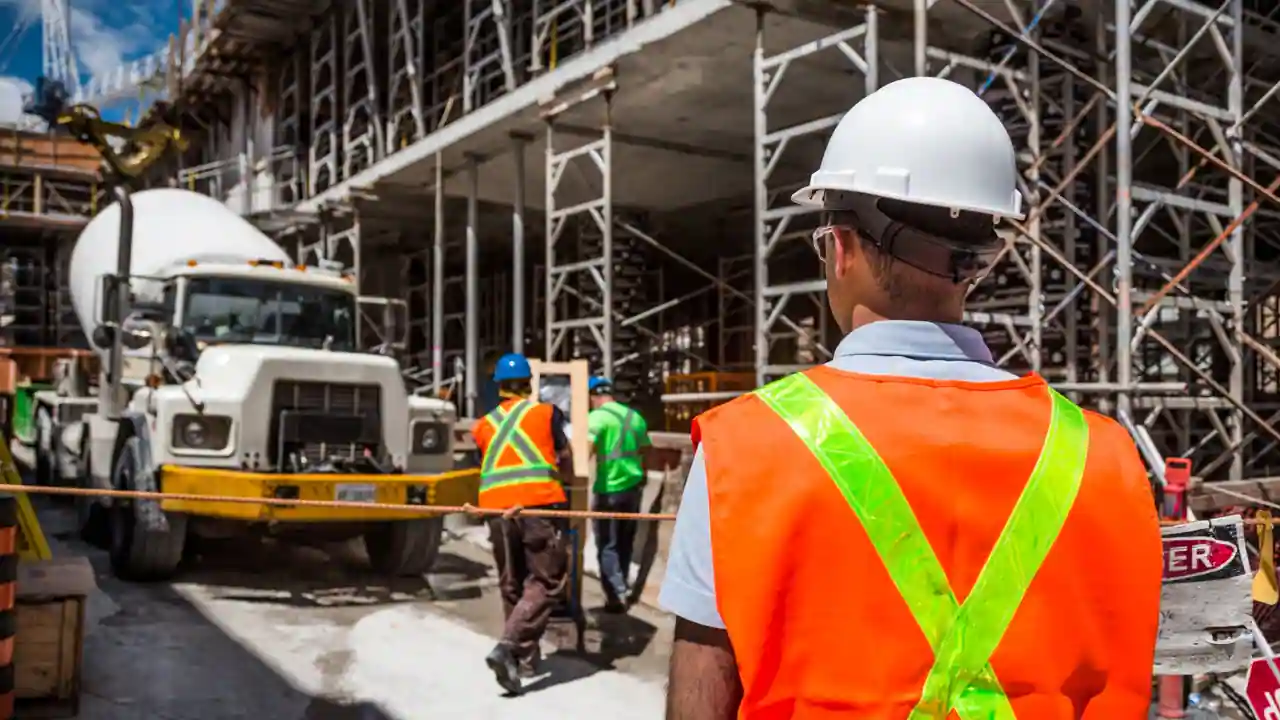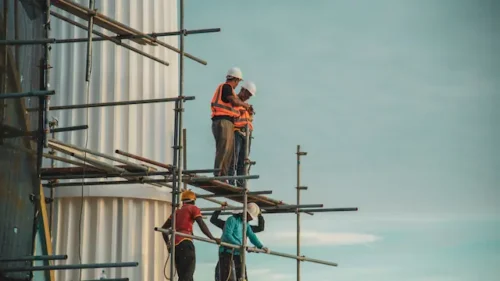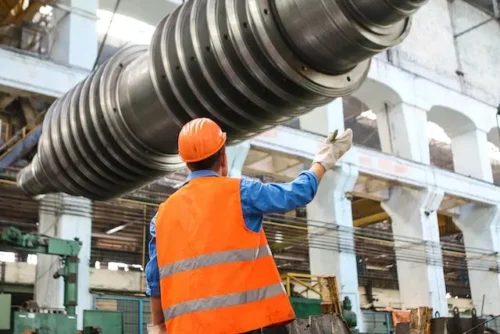
10 Health & Safety Risks Faced By Construction Workers
United States Bureau of Labor Statistics reports around 150,000 injuries annually on construction sites. These numbers show the risk these professionals put themselves through every day. However, with an increase in awareness, we expect the stats to show a decline. In this article, we will discuss health and safety risks in construction sites and risks faced by construction workers.
Despite the growing awareness, health and safety risks in construction are tricky for construction workers to achieve. There is an unwavering possibility of both fatal and non-fatal accidents. Some are more common than others.
However, thanks to technological advancements and better planning, the severity of risks have been controlled. In fact, proper implementation of safety precautions and management of the sites can prevent further accidents.
For professionals to be even more prepared, they must first recognize the kind and intensity of issues faced while working in the construction sector. Below is a list to give you deeper insights into this.
1. Noise
All of us have been near construction sites and dreaded listening to the loud noise. Large machinery with constant hammering is a serious hazard to workers. Prolonged periods of loud racket around can damage delicate nerve endings. It can also cause anxiety and a lack of attention. Both of these are not optimal for a job that requires complete concentration.
Wearing noise-canceling headphones is the easiest way to prevent any harm from such exposure. NIOSH recommends wearing headphones that fit you properly.
2. Harmful Substances
Hazardous substances in any form can lead to dire consequences for workers. These can be anything from dust particles and engine exhaust gases to asbestos. We might all agree that construction sites are not the most hygienic places.
Some substances can immediately affect you and cause nausea, skin irritation, or burns. Others, like asbestos, might build up over time and cause internal inflammation and scarring. It is necessary to stay attentive to such symptoms and other bodily changes. Doing so can help you catch problems earlier for better treatment.
Personal protective equipment like respiratory protection with regular assessments is vital to ensure worker safety.
3. Working at a Height
There is no room for mistakes or sudden movements when working at a height. Falling is one of the most common ways construction workers get injured. According to the US Bureau of Labor, around 47% of all injuries at such sites are due to falls, trips, and slips. It can lead to fractured bones or dislocated joints. However, proper training and work area management can decrease the severity of such accidents. Wearing the right protective gear is also necessary to ensure safety if a slip does occur.
4. Hand and Vibration Syndrome
A report in Oxford Academic states that around half a million construction workers in the US are at risk of developing Hand and Vibration Syndrome. HAVS can occur when a worker uses handheld power tools for prolonged periods. The constant vibration can cause severe permanent damage. The consequences include numbness or tingling in fingers and limited touch reception. Leaving it untreated can make it challenging to sense stimuli and hold things.
For example, many construction workers decide to buy nitrile gloves to combat these risks. Due to their resistance to punctures, cuts, and chemicals, these gloves are popular in the construction industry. Furthermore, they can help prevent possible skin conditions caused by the prolonged handling of hazardous materials.
Protective clothing to keep hands warm and dry can lead to good blood circulation. Even though gloves provide protection, they should not be the only measure of prevention. Rotating workers and giving proper rest to the hand is necessary.
5. Exhaustion and Dehydration
Construction work is highly laborious. It requires hours of tiring physical activity along with complete attention. Extreme weather conditions can make it even more demanding. Hence, it is common for workers to get dehydrated and exhausted mid-work.
Fainting or getting imbalanced might not be harmful if it happens at any other workplace. However, construction sites are different. One wrong move can lead to dire consequences for the worker and the project. Hence, ensuring that all professionals get appropriate rest is necessary. Proper food and water intake and breaks can ensure fewer accidents due to exhaustion and dehydration.
Read More: Safety Equipment for Construction Workers in Chicago Winter
6. Electricity
Constitution and extraction-related occupations have the highest electrocution rate in the industry. Workers near power lines and overhead wires are always at risk. One of the most significant reasons for high electrocution rates is the lack of training. Unqualified individuals without appropriate skills pose a threat to themselves and those around them. Creating awareness regarding electrical hazards and site inspections can ensure lesser accidents. Protective gear with proper insulation should be a must for all workers at the site.
7. Moving Objects and Machinery
It is common for objects to be at a height at construction sites. Heavy loads and materials being transported to top floors are always at risk of falling. Moreover, heavy machinery on uneven land can be challenging to handle.
Hence, all movements should be done with utmost care. Appropriate training must be made compulsory to use lifting vehicles and large machines. Also, individuals must be cautioned when there is a crane in action. Any signs of instability should be reported immediately to ensure safety.
8. Soft Tissue Damage
Soft tissue injuries are consequences of repetitive stress or harm. The neck, back, wrists, hips, and ankles are common areas for such damage. Leaning sprains and strains untreated can lead to permanent issues with mobility. Hence, workers need to receive proper training on how to carry heavy materials. Professionals can avoid them by holding unbalanced things close to their bodies.
9. Collapse
There is always a possibility that any part of the project-in-making can collapse. Such hazards are more common during excavation or demolition activities. Areas surrounding partially completed buildings are dangerous and should not be entered without protective gear.
Moreover, authorities should be able to attend to such emergencies quickly. Doing this will ensure that construction workers are rescued in time. Leaving collapses unattended can lead to higher fatalities.
10. Eye Injuries
Construction sites have all sorts of particles and harmful substances in the air. These can be anything from dust and fumes to flames. Without protective goggles, these can cause irritation and other severe problems to the eye. A few examples include discoloration of the eye and diminished functionality of the cornea.
Remember that head injuries can also negatively impact your eyes by diminishing and blurring your vision or other issues like migraines.
Read More: Expert Strategies for Efficient Construction of Your Home
Conclusion
It is safe to say that construction workers are some of the most daring and skilled professionals. Their services remain unmatched by any other occupation. Hence, they must receive appropriate training and care. They need higher funding and stricter labor laws to do their jobs safely. Proper training, including regular assessments, are necessary to ensure that these health and safety risks in construction decline in number and severity.



